There’s only one thing more amazing than the jumps featured in The Captain – and that’s the fact that no-one has yet come a gutser. Obviously, that’s because of The Captain’s unflinching commitment to work health and safety regs. Now, before you choke on your seafood stick, please check out our working procedures and risk assessment for how to jump a boat.
TOOLS FOR THE JOB
It’s no secret that high-powered deep-vee glass boats get the job done. We’ve seen some epic jumps, none more memorable than those from Whitepointer, Cootacraft and Edencraft. The deep-vee hull gives you confidence you won’t slip your L4 and L5 discs on landing. Nor will the heavy, glass lay-up split open like a banana peel. Having horsepower in your hands allows you to get to the launch zone and punch the props at just the right moment.
PREFERRED TOOLS:
• High-powered deep-vee
• Ullman shock-mitigating seats
• Handrails
• Safety gear at hand (life jackets on if crossing bar)
• First aid kit
• Communication on VHF and/or phone if using a second boat/camera boat
• Gear stowed and tethered
• Easy-to-connect tow rope
RISK ASSESSMENT:
• Boat splitting
• Helm seats breaking
• Batteries coming loose
• Fishing gear/GoPros dismounting
• Collision with other boats
LOCATION, LOCATION
Swell is your best friend for launching into orbit. Headlands offer the best kind of swell with a fairly predictable shoulder to launch from, as well as deeper water to exit from should things go tits-up. Beach breaks tend to be less predictable and it often means entering the surf zone with your tail to the sea — not cool. If things go bad, your boat will probably be pounded on the beach or rocks. Wake from another boat can give you nice lift, but it comes with the risk of actually hitting that other vessel.
Mitch Burge’s Bad Boy is one of our favourite shots, not just because of the sweet rig, but also the location. It was snapped early one morning off Barrenjoey Head, Broken Bay. There was a slow, but solid swell rolling in from the east and light offshore winds blowing. The sun was just coming up — ideal for lighting up the Bad Boy’s fine lines beneath the chines. When in the swell, keep a look out for other boats, kayakers and surfers (feel free to ignore SUPs). If you’re in a camera boat, keep the bow pointed toward the swell and always have an observer looking forward — it’s easy to get pushed backwards in the surge.
PREFERRED LOCATIONS/CONDITIONS:
• Headlands with slow, consistent swell
• Light offshore winds
• Avoid beach breaks
• Know your water depths
• Have an exit strategy
RISK ASSESSMENT:
• Running over other watercraft
• Drifting onto rocks
• Being swamped
• Hitting a reef
THE RIGHT ATTITUDE
If you don’t have big horsepower and a deep-vee hull then engage your big balls. That was Ben Zebic’s attitude when he smacked down the Barwon River bar with his 1410 Stabicraft. We’d never seen a Stabi airborne until this point, but Ben’s “send it” attitude proved it could be done. Having the right attitude doesn’t just mean having giant gonads and a twisty wrist. It means judging the situation, observing the conditions and dangers, following instructions and having clear communication with other skippers. Once you’ve nailed a big one, be wary of overconfidence. Most people will fug up the second one.
GETTING IT RIGHT:
• Get it done early in the day
• Don’t swill beers in the swell
• Have clear communication about the plan — and dangers
• Give the crew responsibilities
• Don’t put pressure on anyone to soar like Air Jordan
RISK ASSESSMENT:
• How loose is this pilot?
• Swamping, ending up on the rocks
• Boat damage
• If you’ve nailed the shot, get out of Dodge
TECHNIQUE
Now you’re in front of the sets, eyes peeled back and peering through the clears, twitchy hand on the throttle. It’s all down to timing, speed and approach angles. Observe the location of the camera boat, other watercraft or swimmers. Wait until you’ve got a feel for the sets and hit the wave as it’s rolling, but well before there’s any chance of it breaking. Approach square on to the wave face, not at an angle, accelerating as you approach. Come off the throttle at the top of the wave, avoiding torque twist from the props. Brace for impact, holding the throttle down low on the handle to avoid knocking it into full throttle. Adjust sunnies, smile at the camera crew as you roar past and wait for publication in The Captain magazine.
GETTING IT RIGHT:
• Observe sea conditions
• Observe other boats, swimmers and watercraft
• Wait for the signal
• Hang on — but not to the top of the throttle
RISK ASSESSMENT:
• Hitting other boat and watercraft
• Blipping the throttle and binning it
• Boats disintegrating on landing
• The second-wave curse
*DISCLAIMER
The Captain takes no responsibility for you, your crew or your boat. Jump at your own risk. And if you’re reading this thinking, “why spend quarter of a million on a boat just to risk binning it in the surf?” then you’re reading the wrong magazine. Get yourself a Trade-A-Boat subscription. You probably never jumped your BMX as a kid, either. And you still leave your protective screen on your mobile phone, don’t you?




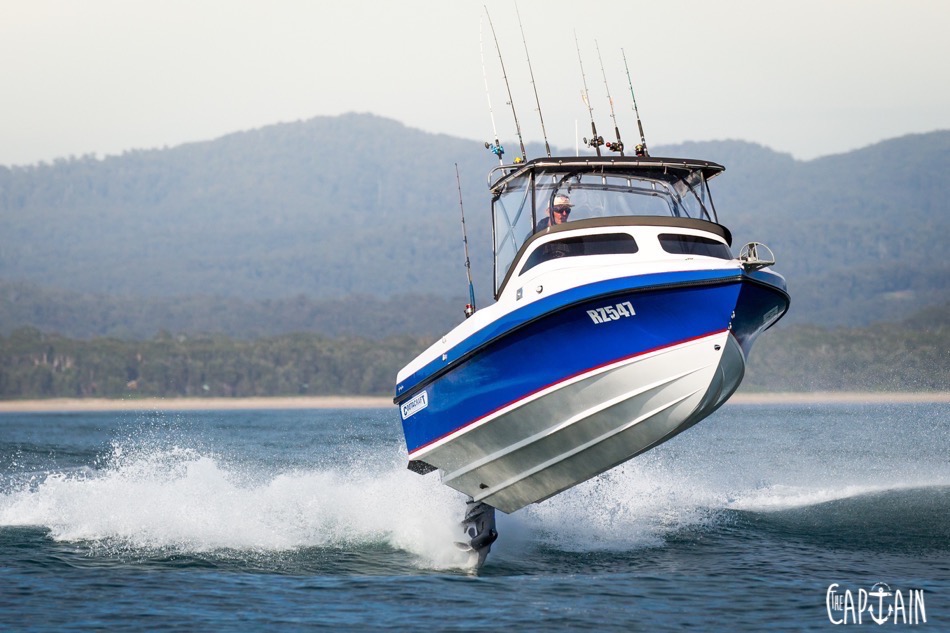


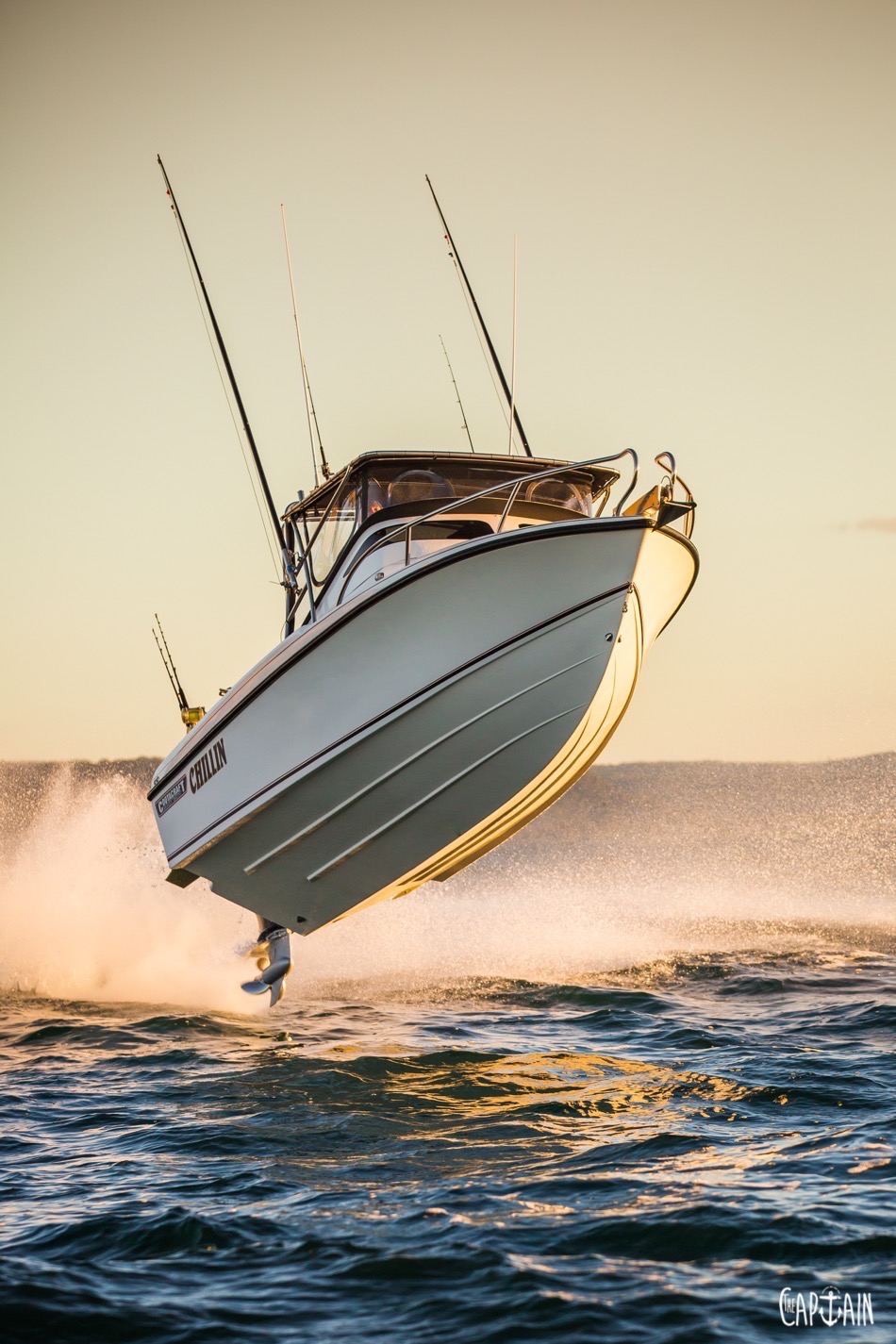
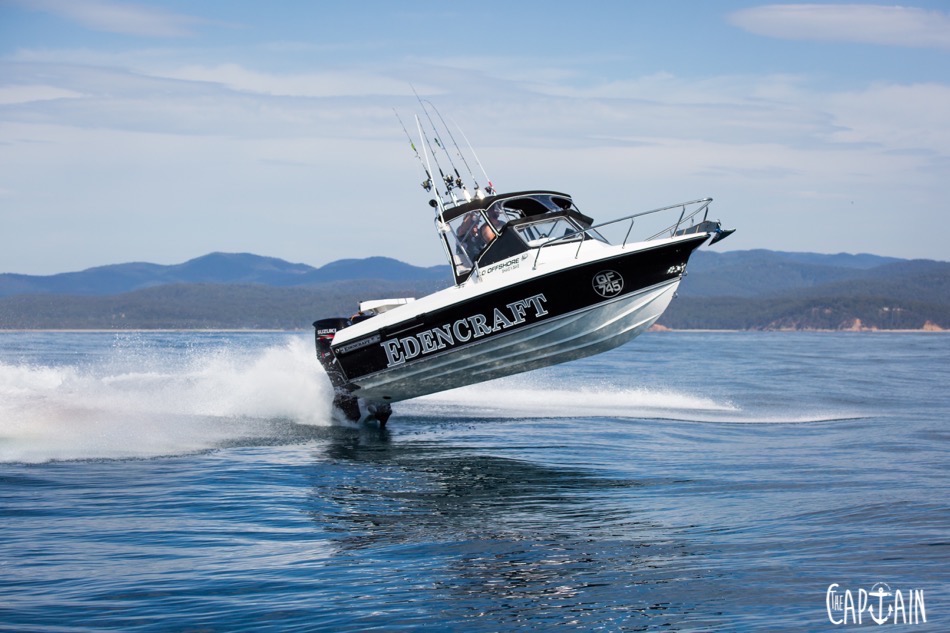


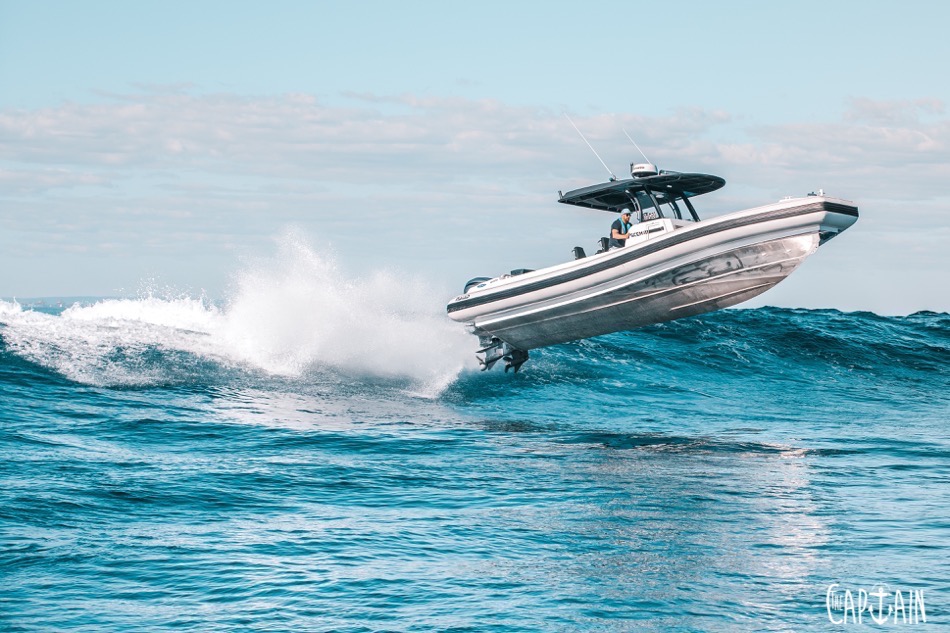
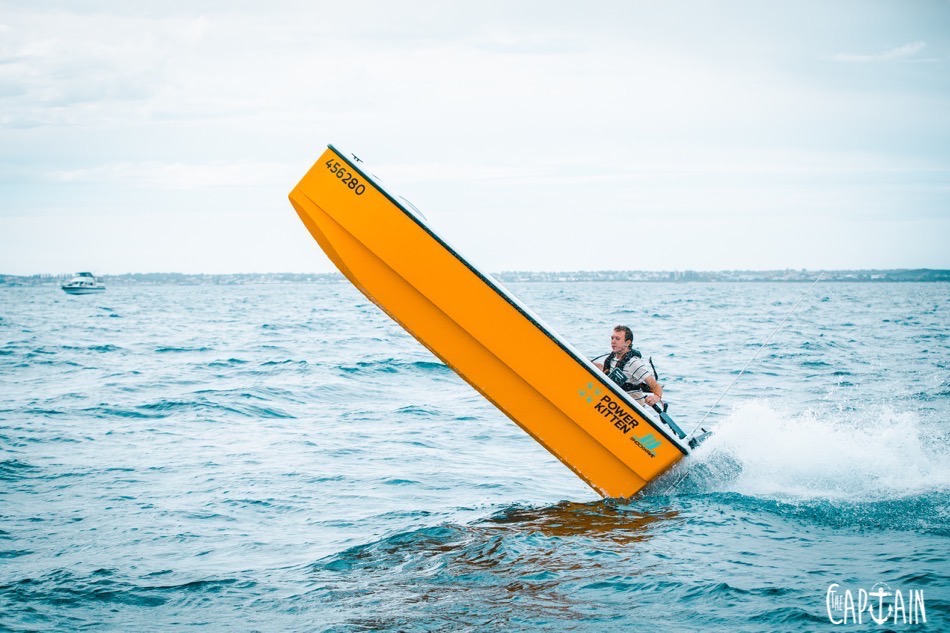
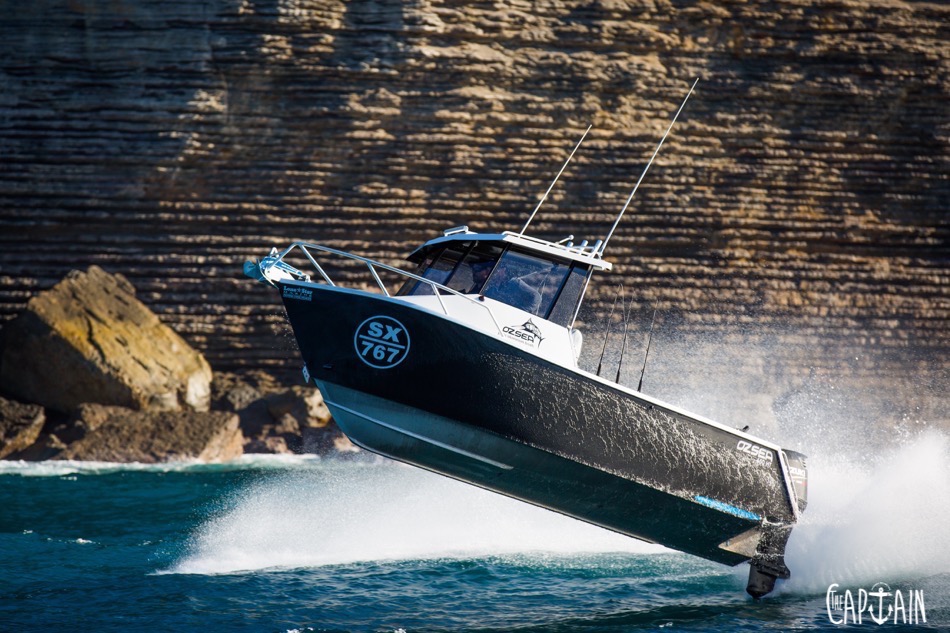
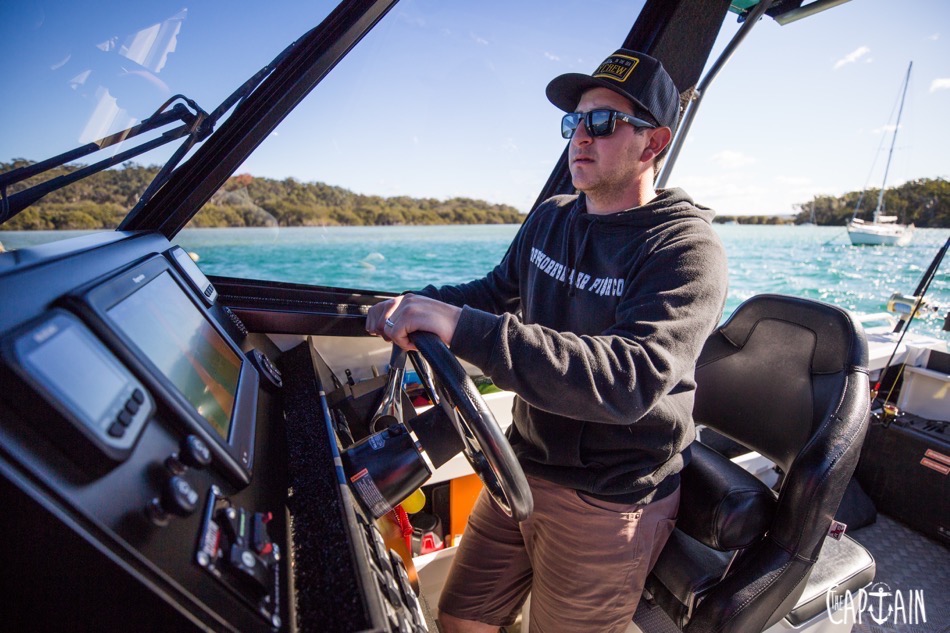
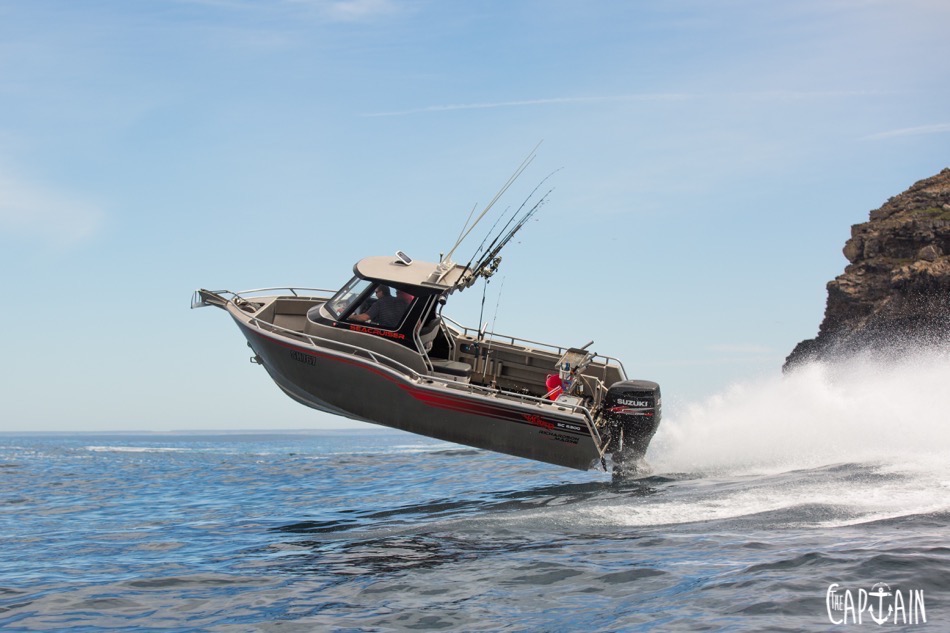



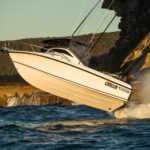
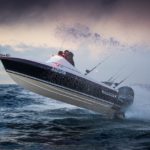
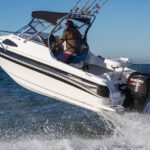
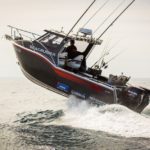

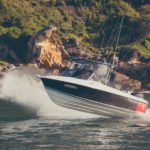


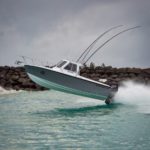

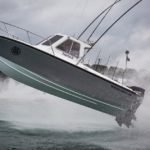
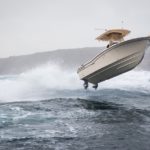

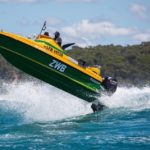



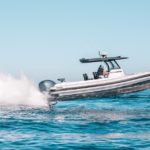
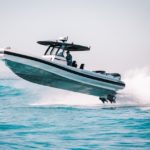


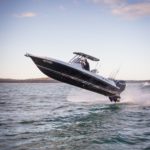



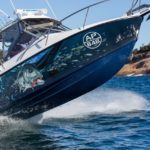
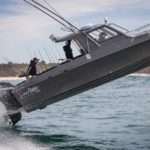

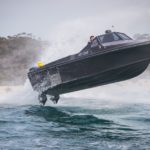

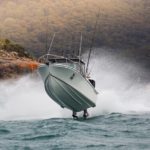
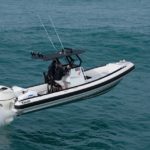
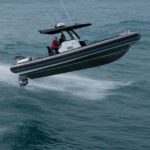
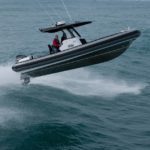
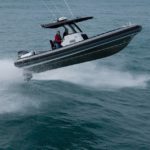

Recent Comments